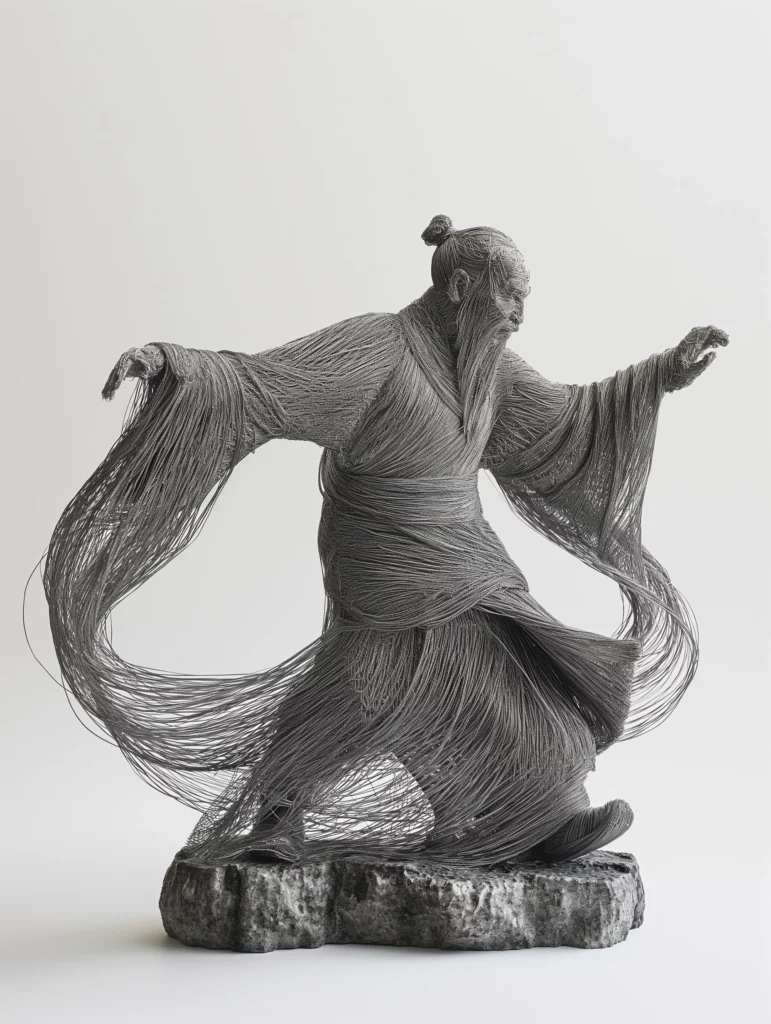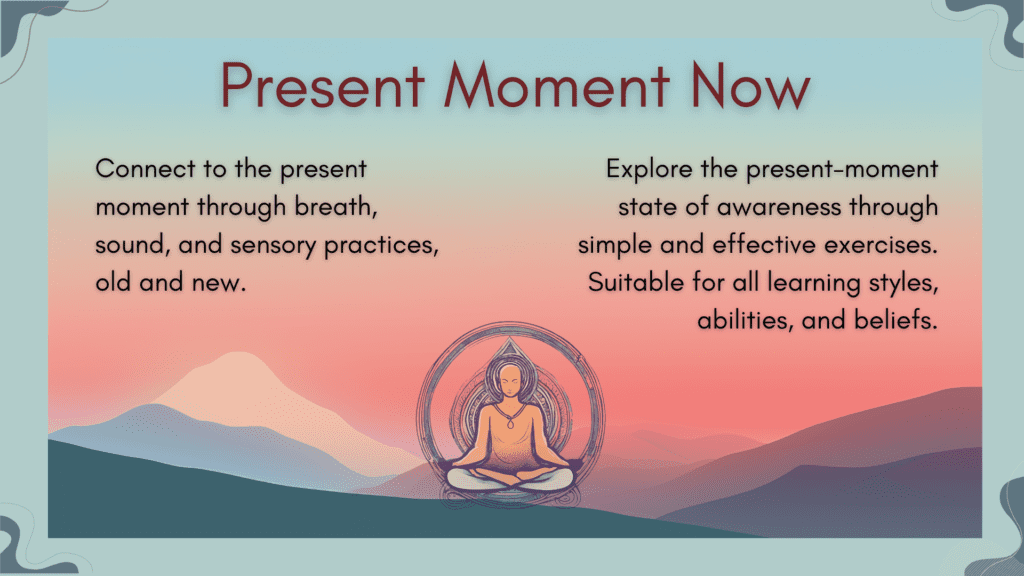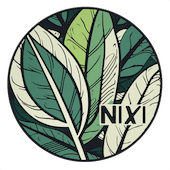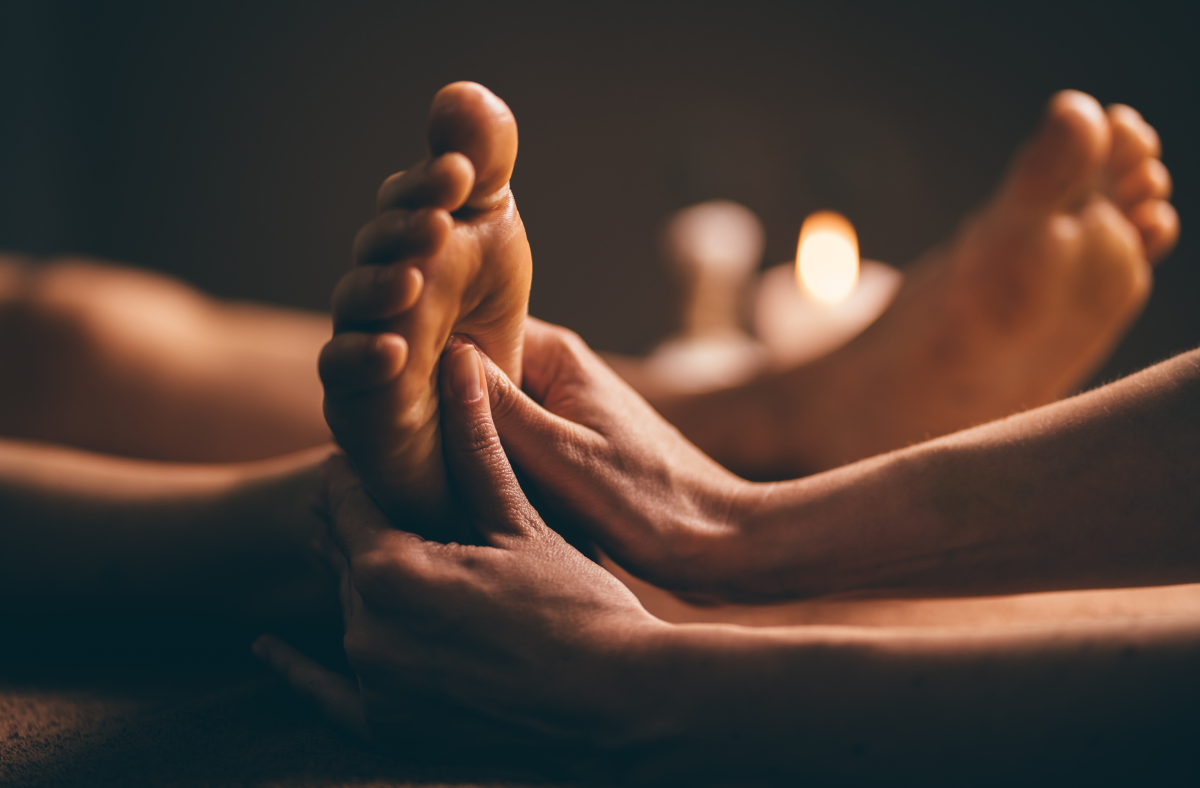
Exploring the depths of Chi Kung and Shiatsu, alongside her new course Present Moment Now, Paula Daunt shows us a profound pathway to health that transcends the conventional boundaries of massage therapy and mindfulness. She has been a massage therapist, martial artist and meditator for over 20 years and now she is working on her mindfulness course in-between sessions. Let’s learn more about these disciplines and what they can do for us.
Chi Kung: Harmonising Energy Flow
Paula went to China in 2009 to study Chi Kung, or Qigong, a cornerstone of traditional Chinese medicine, focusing on the cultivation and balance of Qi (life energy) within the body. Through a combination of movement, breathing techniques, and meditation, Chi Kung enhances the flow of energy along the meridians, promoting vitality and aiding in the prevention and healing of illnesses. Its gentle, rhythmic exercises are accessible to all, cultivating physical health, mental clarity and emotional stability. Paula teaches her clients exercises they can do between sessions to maintain their fitness.
“Here are a few simple exercises I often recommend to my clients. These practices are designed to improve energy flow, increase flexibility, and promote a deep sense of relaxation.”
1. The Eight Pieces of Brocade (Ba Duan Jin)
This classic set of exercises is a great starting point for anyone new to Chi Kung. Each of the eight movements targets different areas of the body and aspects of health. For example, “Holding Up the Sky” is a wonderful exercise to stretch the body, improve posture, and open up the energy channels. Starting with just one or two of these movements can make a noticeable difference in how you feel.
2. Standing Meditation (Zhan Zhuang)
Don’t be fooled by its simplicity; standing meditation is a powerful practice for building inner strength and stability. By standing in a specific posture and focusing on deep, relaxed breathing, you can develop a calm, centred state of mind while also strengthening your body. It’s an excellent exercise for those looking to find peace in a busy life.

3. Shaking the Body
This exercise is as simple as it sounds but incredibly effective. Standing with your feet shoulder-width apart, gently bounce up and down by bending your knees. Let your arms hang loosely and allow your whole body to shake. This helps to release tension, boost circulation, and clear out any stagnant energy. It’s a great way to wake up your body in the morning or to shake off stress after a long day.
4. Cloud Hands
Cloud Hands is a gentle, flowing movement that mimics the motion of moving clouds with your hands. It’s fantastic for improving balance and flexibility, and the smooth, rhythmic motion is incredibly soothing for the mind. This exercise also helps to harmonize the flow of Qi in your body, leaving you feeling balanced and calm.
5. Breathing Exercises
Proper breathing is at the heart of Chi Kung, and there are many techniques to explore. Abdominal breathing, for example, encourages deep, full breaths that can help reduce stress and energize your body. Another technique involves using soft, healing sounds on the exhale to gently stimulate and balance your internal organs.
Shiatsu: The Art of Touch
Paula spent 4.5 years in Japan studying martial arts and Shiatsu, a Japanese form of bodywork, that translates literally to “finger pressure.” This discipline involves applying pressure to specific points on the body, mirroring the principles of acupuncture but without the use of needles. Shiatsu practitioners believe in the power of touch to stimulate the body’s innate healing abilities, unblocking energy pathways and restoring balance to the body and mind. The practice is deeply relaxing and can be particularly effective in alleviating stress, tension, and chronic pain.
“Here are some simple practices you can do on your own to relieve tension, promote relaxation, and balance your body’s energy.”
1. Neck and Shoulder Release
Tension often accumulates in the neck and shoulders. You can use your fingers or palms to gently apply pressure to these areas. Start by placing your hands on your shoulders, breathe deeply, and as you exhale, press down gently, moving your hands towards your neck and the base of your skull. Use comfortable pressure and circular motions to release any tight spots.
2. Head Soothing
For headaches or mental fatigue, try massaging the temples and the base of the skull. Place your fingertips on your temples and gently rub in circular motions. Then, move your fingers to the base of your skull, where your neck meets your head, and apply gentle pressure in small circles. This can help alleviate headache symptoms and promote a sense of calm.
3. Abdominal Harmonizing
The abdomen is considered the centre of energy in many Eastern healing practices. To harmonize this area, place your palms flat on your abdomen. Start at the navel and gently massage in expanding circles, moving outward. This can help with digestion, emotional balance, and overall energy flow.
4. Hand and Wrist Relief
For those who work with their hands or spend a lot of time typing, massaging the hands and wrists can provide relief. Use the thumb of one hand to apply pressure to the palm of the other hand, working your way from the centre of the palm to the fingers. Then, gently stretch the wrist by holding the fingers and pulling them back towards your forearm, holding each stretch for a few breaths.
5. Foot Soother
The feet contain reflex points that correspond to different parts of the body. Using a ball or your thumbs, apply pressure to the soles of your feet, focusing on any tender areas. This can be particularly relaxing before bed and can help improve overall energy flow.
Remember, the key to self-applied Shiatsu is gentle, mindful pressure and listening to your body’s responses. These techniques should feel soothing and not cause pain.

Present Moment Now
Paula is currently working on her course “Present Moment Now”, crafted to sequentially develop and reinforce the skill of present-moment awareness. Each module begins with a self-awareness check, employing questions to gauge the participant’s current level of presence, serving as a personal benchmark for progress. The course is structured to allow learners to explore a mindfulness technique, practice it, and then apply it to daily life, reinforcing the learning outcomes. As participants progress, they revisit their awareness map, documenting any shifts in perception, which serves as a reflective practice to evaluate the effectiveness of each technique. This methodical approach ensures that the learning objectives are understood, applied and internalized, cultivating a lasting mindfulness habit.
As part of this course, you will:
- Apply Mindfulness Techniques: Utilise mindfulness exercises daily to enhance moment-to-moment awareness.
- Analyse Stress Triggers: Examine personal stressors and identify mindfulness responses.
- Evaluate Focus Levels: Assess and reflect on concentration improvements post-mindfulness practice.
- Design Mindful Communication Strategies: Formulate and use mindfulness approaches in conversations.
- Create Personalized Mindfulness Plans: Construct tailored strategies for professional and personal challenges.
Send us a message if you would like to know when Presence Awareness Now will be out before everyone else.

